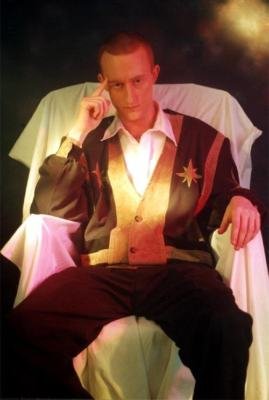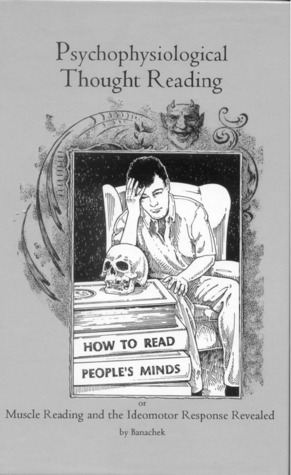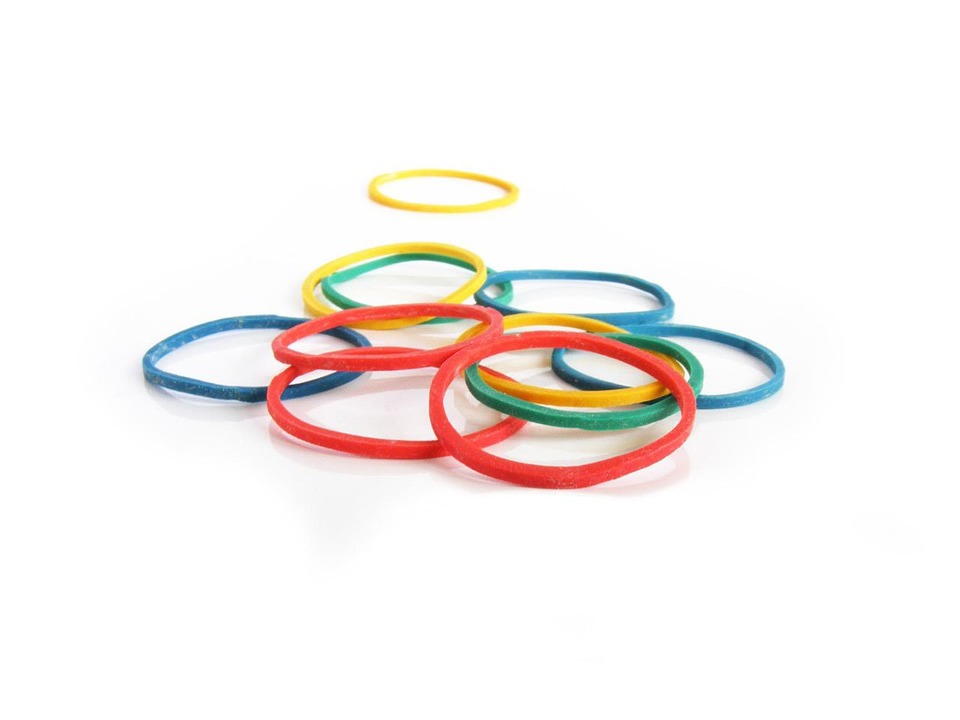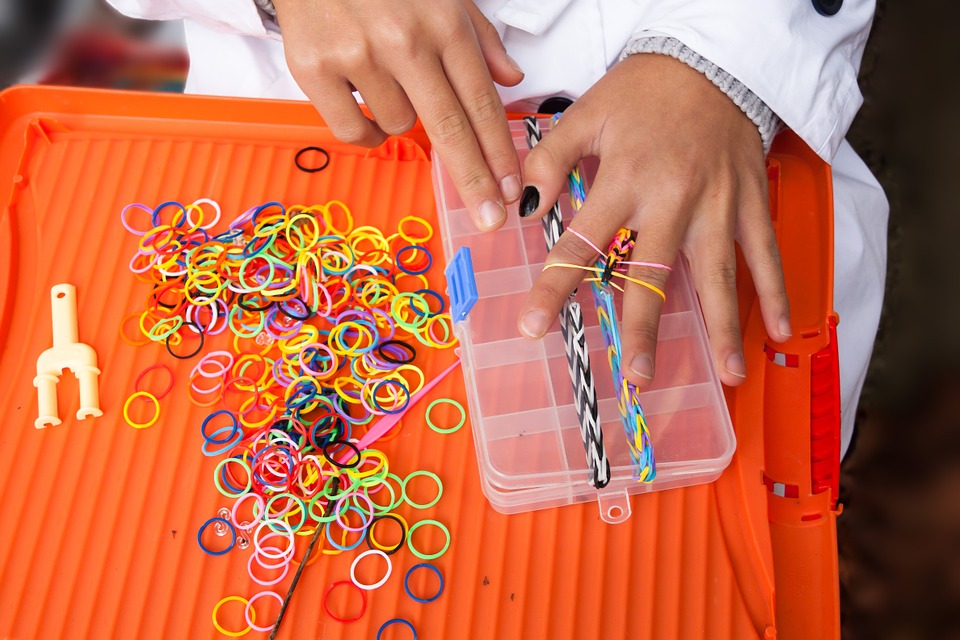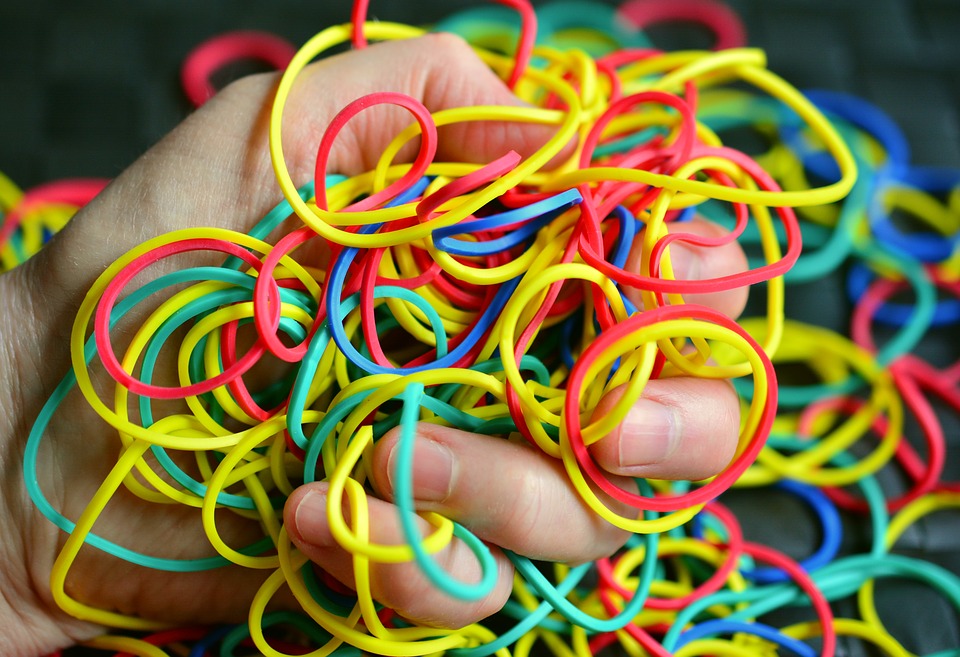Do you want to learn about easy coin tricks that make you look like you have superhuman strength? Take advantage of this opportunity and add another magic act to your repertoire of tricks. This is a bit more difficult to learn than card tricks and is an excellent example of close-up magic. Those searching for some great magic tricks for kids will be happy to know that the coin vanishing trick is suitable for all ages, little ones included.
You’ve probably seen this coin master hack before. It’s one of the oldest tricks in the book. The magician takes a coin in his fist. Closing his fist, he squeezes hard. After 5-10 seconds, he opens his hands back up and the coin is gone.
What is Coin Magic?
Coin magic involves the manipulation of a coin in front of a single spectator or small audience. Since most coins are small, magic coin tricks fall into the category of close-up magic or table magic. Stage magicians generally do not perform this type of magic. Should they choose to, they will use a large screen projector so that the audience can get a good view of the trick.
As we mentioned earlier, coin magic is more difficult to learn than card magic tricks. It not only requires a great deal of practice but also some serious skill to hone. There are very many different types of coin tricks. Some examples include productions, vanishing, teleportations, penetrations, levitation, and mental magic. In this article, we will focus on one of the best vanishing coin tricks.
Simple effects could be as simple as borrowing a coin, making it vanish, concealing it, and then returning it. More complex acts may involve multiple coins and other objects or props (e.g. a handkerchief, a piece of paper, a glass cup, etc.). The key to most coin magic lies in how small and portable the object is. You will be surprised at what a basic sleight of hand can do. An audience is often amazed by the simplest mystery.
Coin Magic Performances
Some coin magic uses gimmicks (e.g. modified coins or trick coins). While this may sound a bit disappointing to those learning magic, you should know that these objects are not entirely responsible for creating the magical effect. If you would like to purchase one, several prominent manufacturers create gimmick coins. Tango Magic, Sasco, Johnson, and Sterling are a few of these brands.
Keep in mind that performers who rely entirely on special equipment are not as impressive to the audience. While it does take a lot of practice, coin acts are fairly easy magic tricks. Most spectators are more impressed by an effect that depends on sleight of hand and misdirection rather than a set that is entirely made of props. Nonetheless, a person who has learned simple magic tricks can use gimmicks without it being obvious to the audience. Most well-known magicians started by learning simple tricks with a coin and a deck of cards.
So How Does the Coin Vanish?
Most people brush it off as either a gimmick coin of some kind or some really advanced sleight of hand that they probably couldn’t do anyway. When you see how it’s actually done, you’ll see that just about anybody can do this trick. In addition to the video below, we will give you all the tips and tricks on how to perform the coin vanish act. You will be a coin master before you know it!
What You Will Need to Learn Coin Magic Tricks
Yes, the coin vanish is kind of a gimmick trick. You need to do some preparation beforehand in order to pull it off. There are a few ways to do the trick. You can choose to do the coin vanish trick by making it stick to your hand (as explained below) or by hiding the coin between your thumb and index finger. We will explain how to do the trick using both methods, but first, here’s what you’ll need for each method:
For method one, you’ll need:
- Chapstick or a regular glue stick
- A coin – preferably a quarter
For method two, you literally just need the coin. And that’s it!
How to Do Magic Tricks with a Coin
Here’s How Method One Works
First, you’ll need to apply the chapstick or glue stick to the back of your hand. Choose whichever hand you’re going to pretend to squeeze the coin in. You’ll need to apply quite a bit of it – enough to make a coin stick to it and not fall off. Here’s the big secret: The coin isn’t even in the fist when the magician squeezes on it. He moves it to the back of his fist (which is out of sight from the spectators) and then squeezes it there.
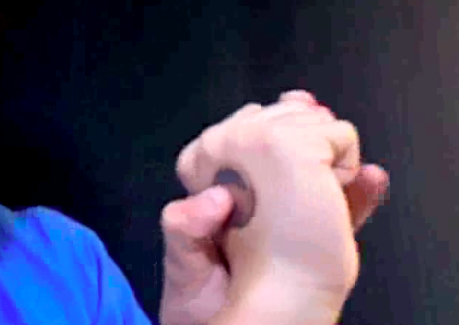
Watch the video below to see how you get it to the back without being caught by spectators.
Here’s How Method Two Works
Place the quarter in your hand, positioning it so it rests near your middle finger, close to your palm. This is an ideal place to put it because you can easily keep the quarter in place with your thumb in this position. Next, hold out both of your hands to the audience to show the quarter in one hand and the other hand empty. Make sure you are talking to the audience to distract them. Explain that the magic is in your hands, not the quarter.
Now, it is time to make the coin disappear. It will take a lot of practice to make it look smooth and effortless. Bring your empty hand under the hand holding the quarter. Move your empty hand in and act like you are dropping the quarter into it. While the audience thinks that the coin has transferred hands, you will actually keep the quarter in the original hand and hold it in place with your thumb.
As you act like you are changing hands with the quarter, make a loose fist with your empty hand as if you are about to catch the quarter. Move your hands apart from one another after you have ‘transferred’ the quarter. To keep the focus on your hand (which is actually empty), bring it up higher near your face and slip your original hand (holding the quarter) down by your side and put it away.
Show that the quarter has vanished. To show off the vanishing act, there are a number of flourishes that you can do. Tap your knuckles with a magic wand, squeeze your fist tightly, or blow into your hand and then reveal the coin is gone. This is one of the most fun coin tricks for beginners.
Does Anyone Know the Coin Trick Revolution?
A number of performers who learn the coin trick vanish also have an active interest in the coin trick revolution. Have you heard of this magic act before? Practicing this trick will put you well on your way to becoming a good magician. Here’s how to do it:
To start, stand at a slight angle facing the audience with the hand with the coin close to your pocket. You want to make sure that it is unnoticeable.
As you pick up the coin with your fingers covering it, bring the coin between your index finger and thumb. Then, let the coin casually slip into your pocket. Bring your hand up with your index finger and thumb in the same position. Pretend to clutch the make-believe coin in the palm of your hand. Then, open your hands to reveal that the coin has disappeared. You can find a video showing the act here.
When to Perform Coin Magic Tricks
Since the trick utilizes angles (ex. you can see the coin from behind or even side angles), it’s best when you have the full audience directly in front of you. Also, you will want to perform this carefully. It requires an audience with kind manners. You don’t want to do this for your friends and have them smack your hands right after you’re done. If performed right, it looks absolutely amazing. The glue/chapstick is kind of a turn-off for more advanced magicians, but the effect is spectacular.
Practice and Prepare to Wow the Crowd
That’s it – these are the coin magic tricks revealed! There is a great amount of fun to be had in performing tricks with coins or a money note. Due to their size and portability, both of them are a great choice for performing the vanishing object magic tricks. For anyone who wants to learn magic tricks, this is a great place to start. One of the best tips that we can give aspiring magicians is to practice their act a lot before they take it in front of an audience. There are plenty of great online information resources, blogs, informative videos, and books that can help you along your journey. Have patience, take your time, and you will get there.
See also:



